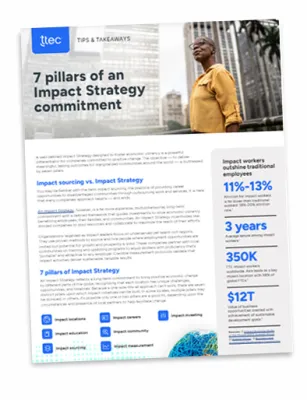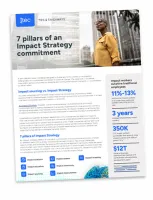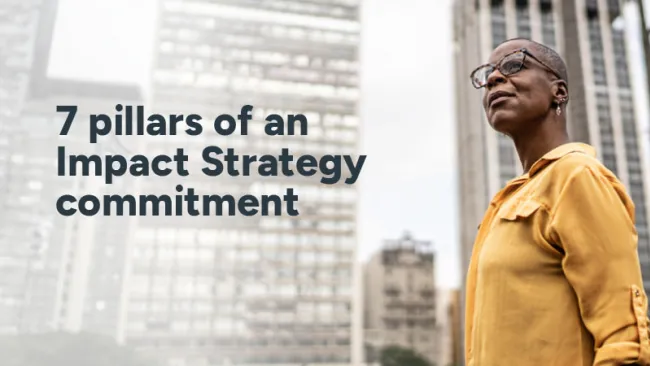Employees who are committed to creating value for their employers give these companies a clear advantage over competitors, however few employees are actually engaged in their jobs. Worldwide, only 13 percent of employees are enthusiastic about and committed to their work and workplaces, according to Gallup. The remaining 87 percent of employees are indifferent or even potentially hostile to their organizations.
Satisfied employees produce innovative work and provide better customer experiences. There is also steep competition for talented employees, making it critical for organizations to engage employees and give them compelling reasons to stay. Here are four strategies to help organizations build a team of enthusiastic and engaged employees.
Lead by Example
Employee engagement has to start from the top, with the CEO and executive leaders. The CEO should lead by example whether it’s supporting the adoption of a new internal solution or interacting directly with employees and customers.
Provide Opportunities for Feedback
Giving employees an opportunity to pose questions to the CEO at “town hall” meetings is an effective way to engage workers and promote a sense of being part of a team. Conversely, executive leaders should also encourage employees to express concerns privately without fear of being penalized.
Employ Gaming Techniques
Gamification can also boost employee morale and help employees stay engaged. For employees who handle repetitive or mundane tasks, for example, competing for bragging rights on a leaderboard or acknowledging dedicated employees with a plaque or other prize can make a job more enjoyable.
Rely on Data as Your Guide
Using data to drive your engagement strategies is also important. Collecting employee feedback through surveys is a common exercise, but it’s useless unless organizations act on the insights they’ve gathered. I’m a fan of Big Data but don’t collect data just for the sake of having it. Whoever’s in charge of collecting the data should ask, ‘How are we leveraging this data? How does it help us change the relationship [with employees or customers]?’
Data analytics can help organizations identify areas where employee engagement and the customer experience drops off. For example, if a report shows that customers are dissatisfied with the assistance they receive from associates, it could be a sign pointing to a larger problem within the company’s culture, such as poor management or a lack of resources. Comparing customer and employee feedback can provide more clues about the issue and help companies find a solution.
At the same time, improving employee engagement is an ongoing process and companies shouldn’t try to fix all their problems at once. Don’t try to ‘boil the ocean’ by reorganizing the entire company. Start with something small and build on that to make further improvements.
While every company wants its employees to be engaged and dedicated to their work, there isn’t a one-size-fits-all solution. Taking the time to understand your employees’ motivations and following through on addressing their concerns will do more to foster an enthusiastic workforce than offering one-off perks.
Also, check out the most recent issue of our eNewsletter.
Related Content:
Article: Seven Mistakes that Undermine Employee Engagement Strategies
Article: Gamifying Customer Engagement to Drive Growth
Infographic: Tackling the Employee Engagement Challenge
Four Strategies to Jumpstart Your Employee Engagement Efforts















